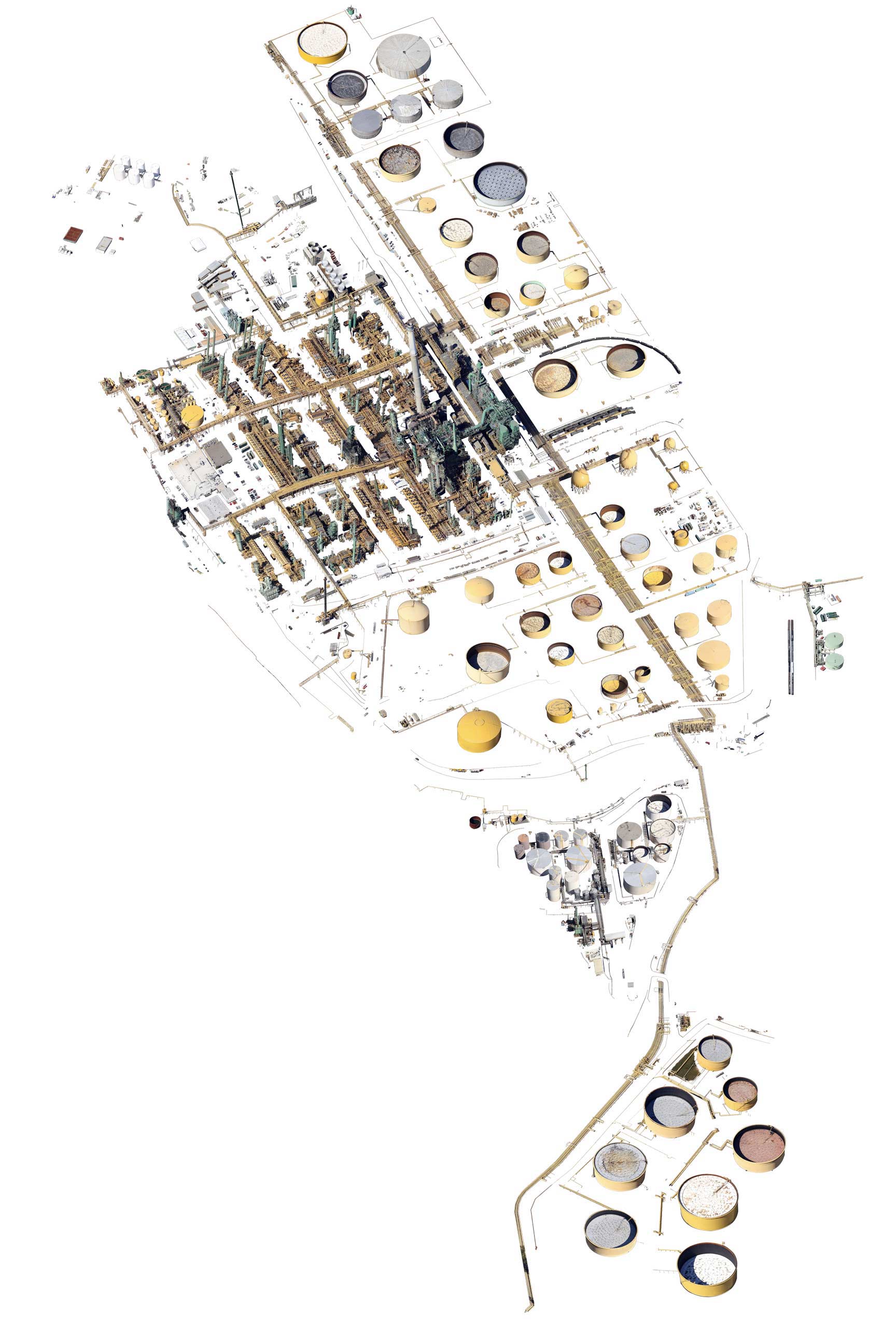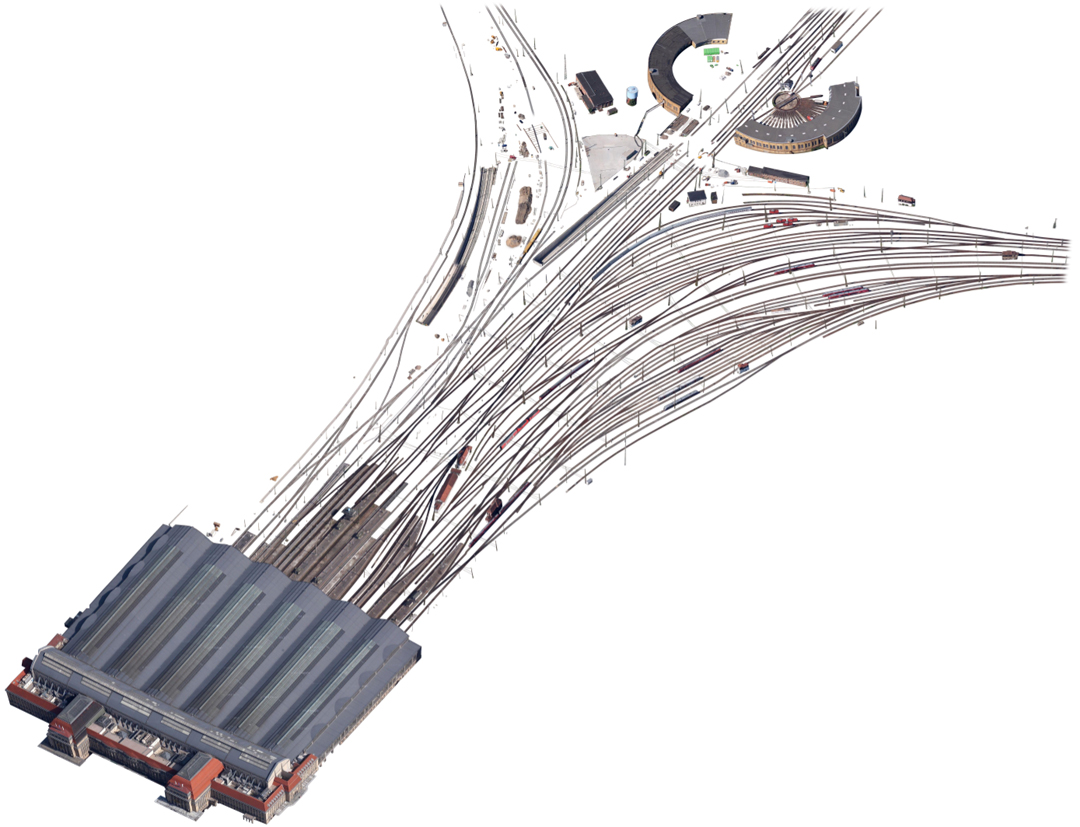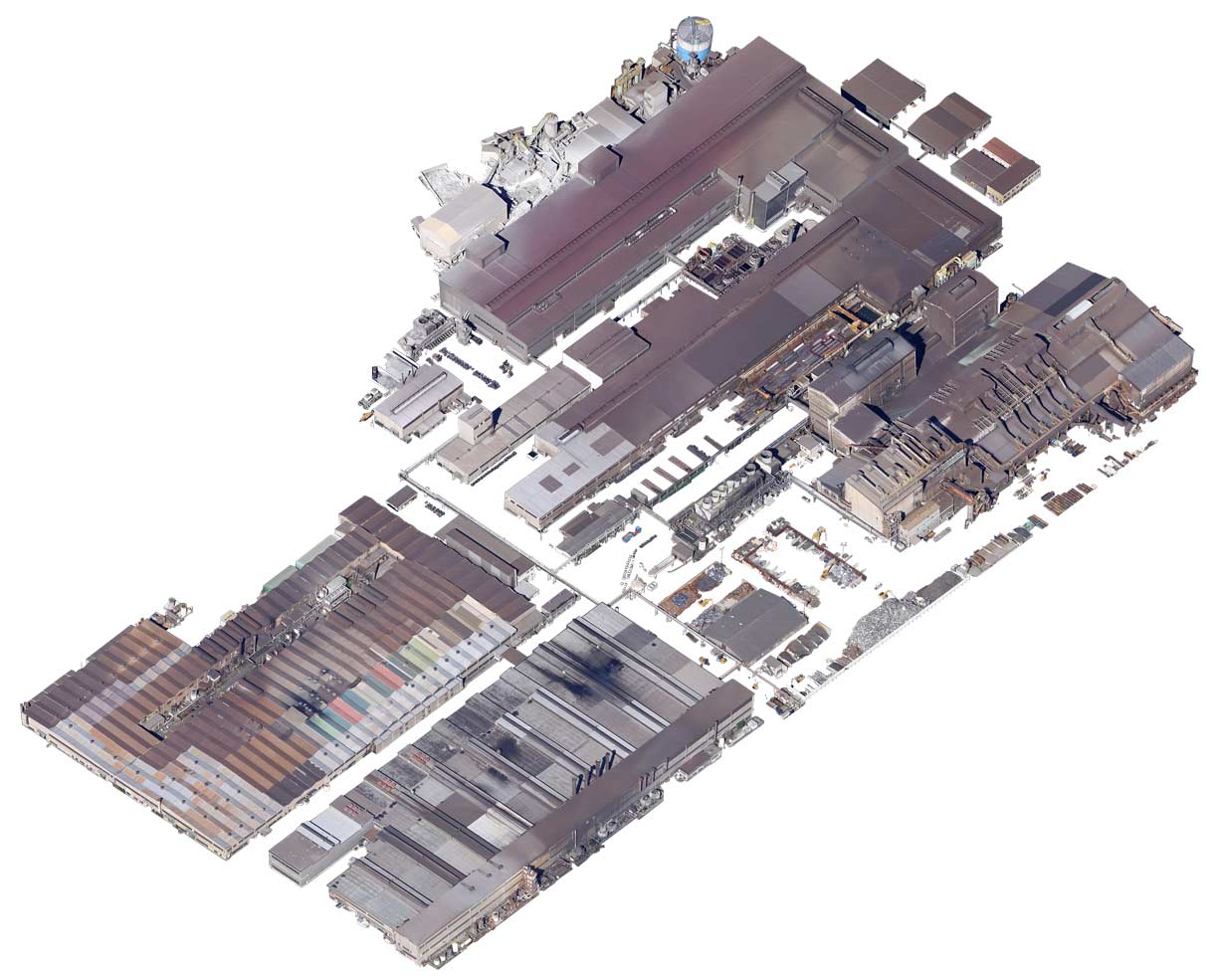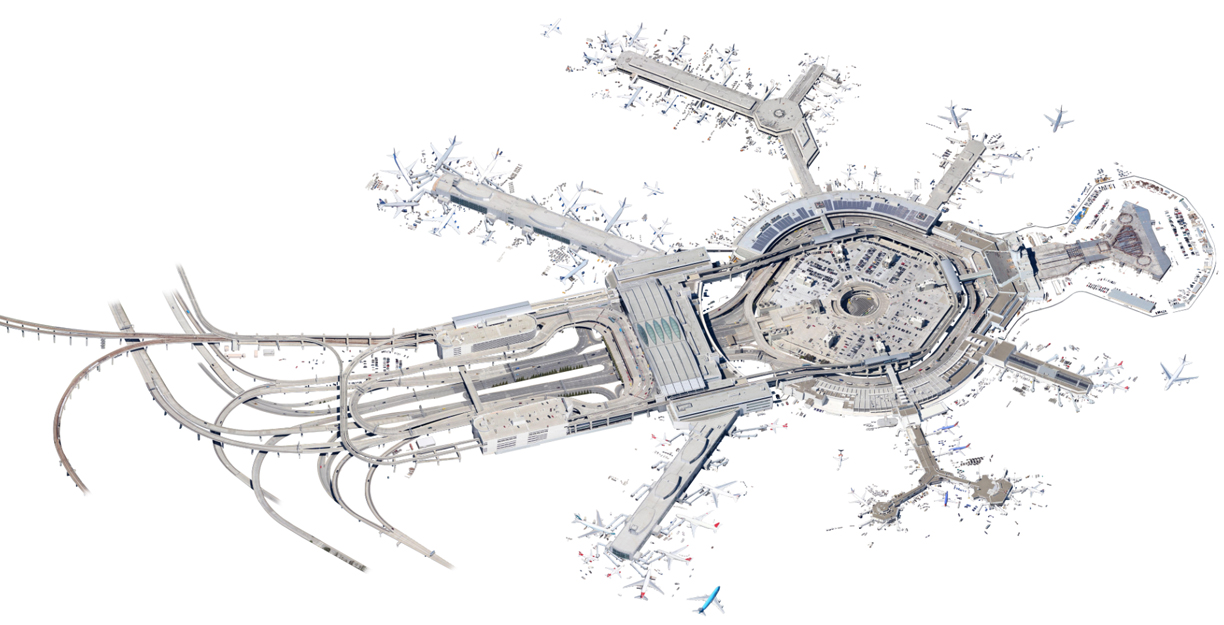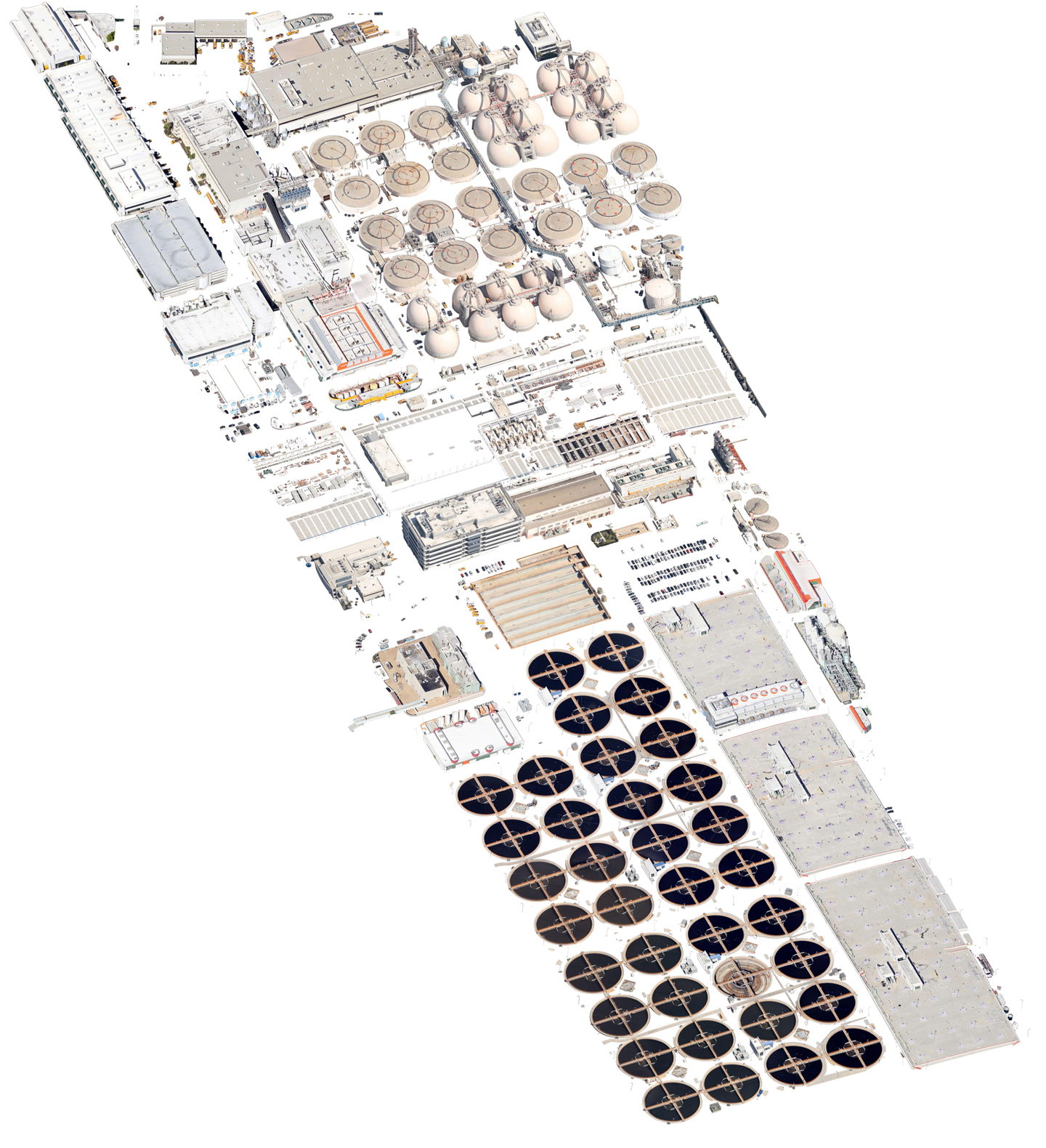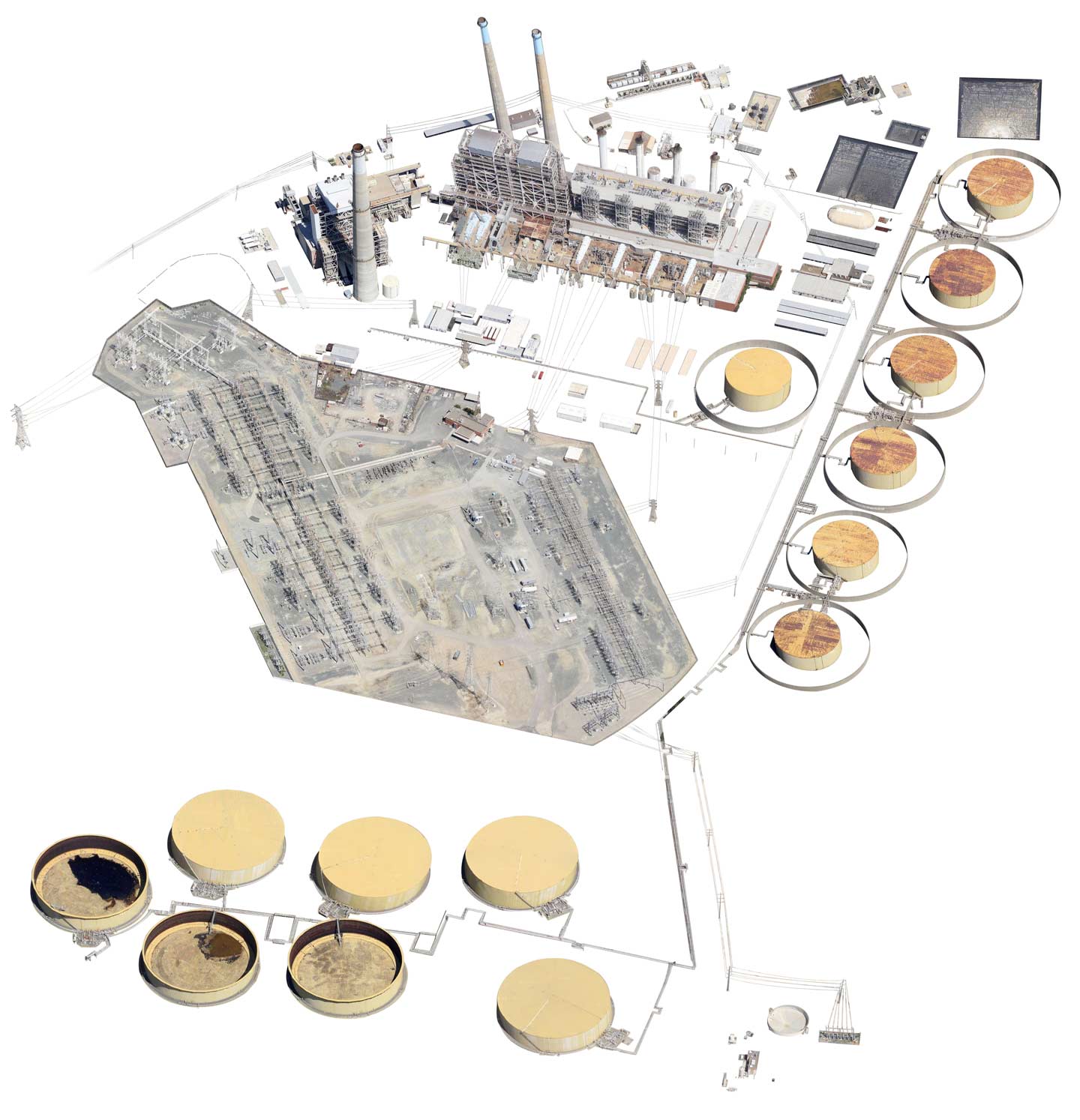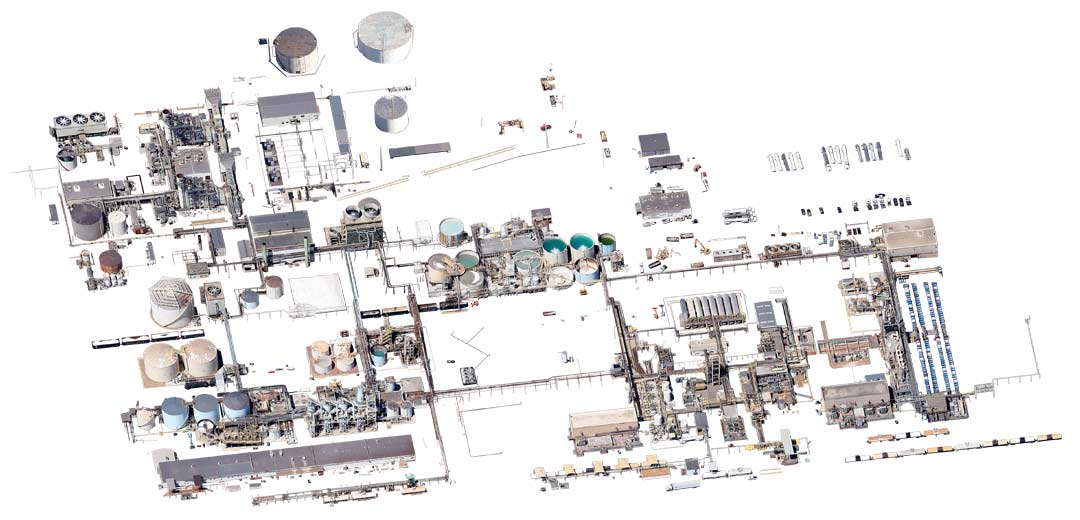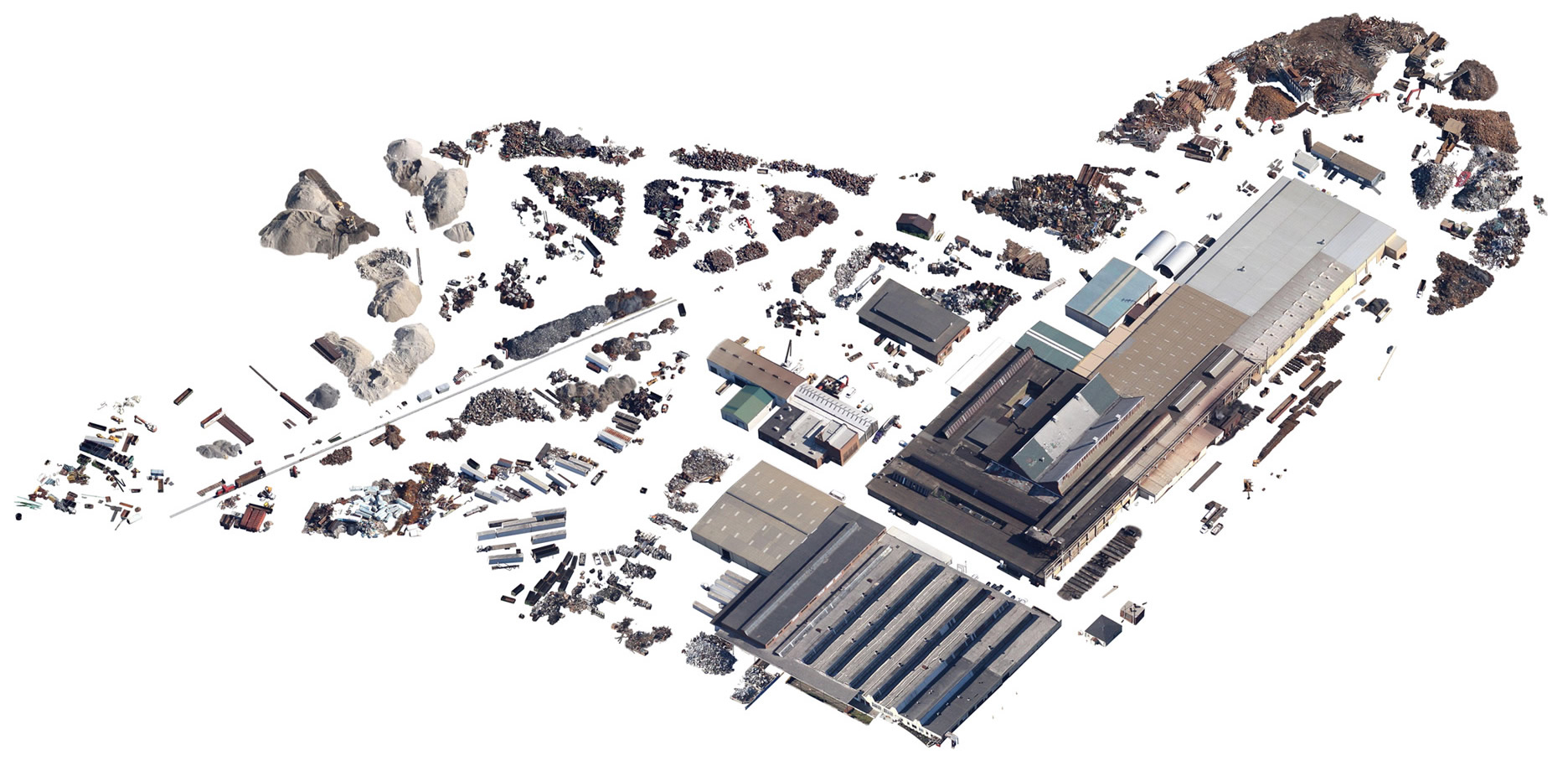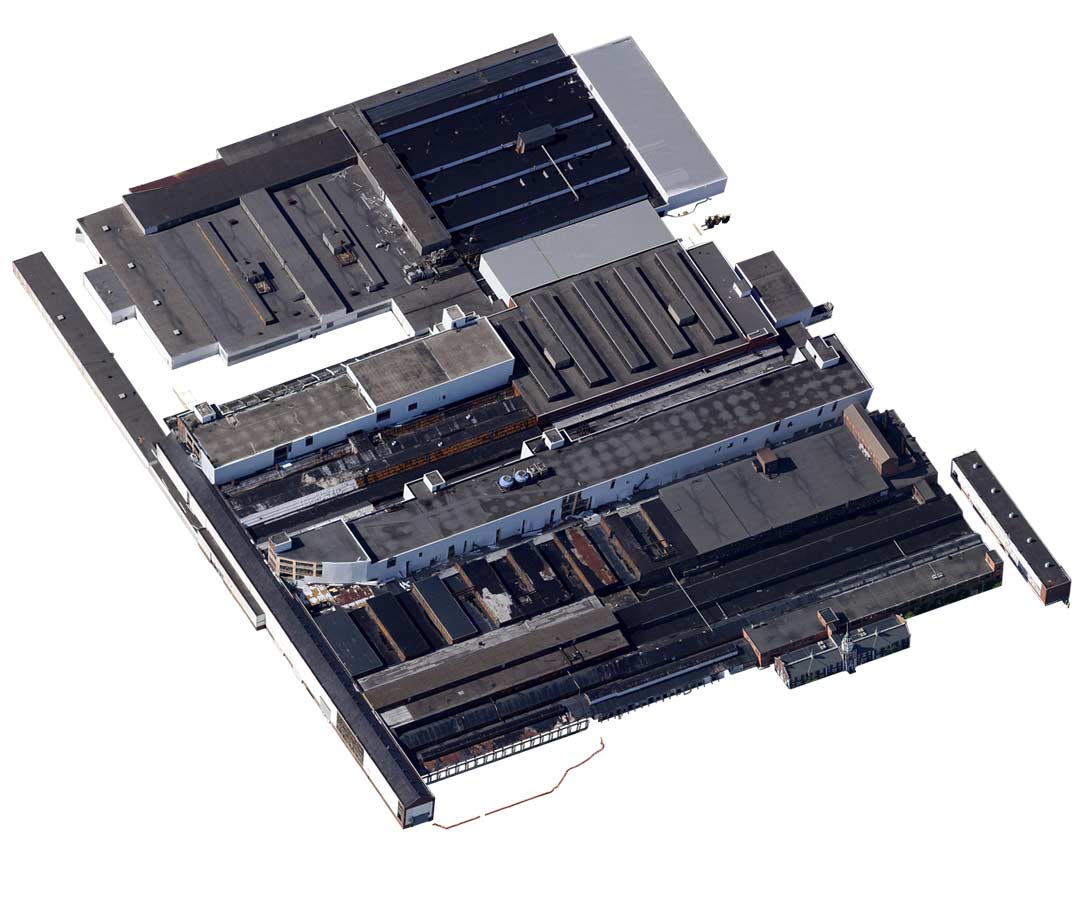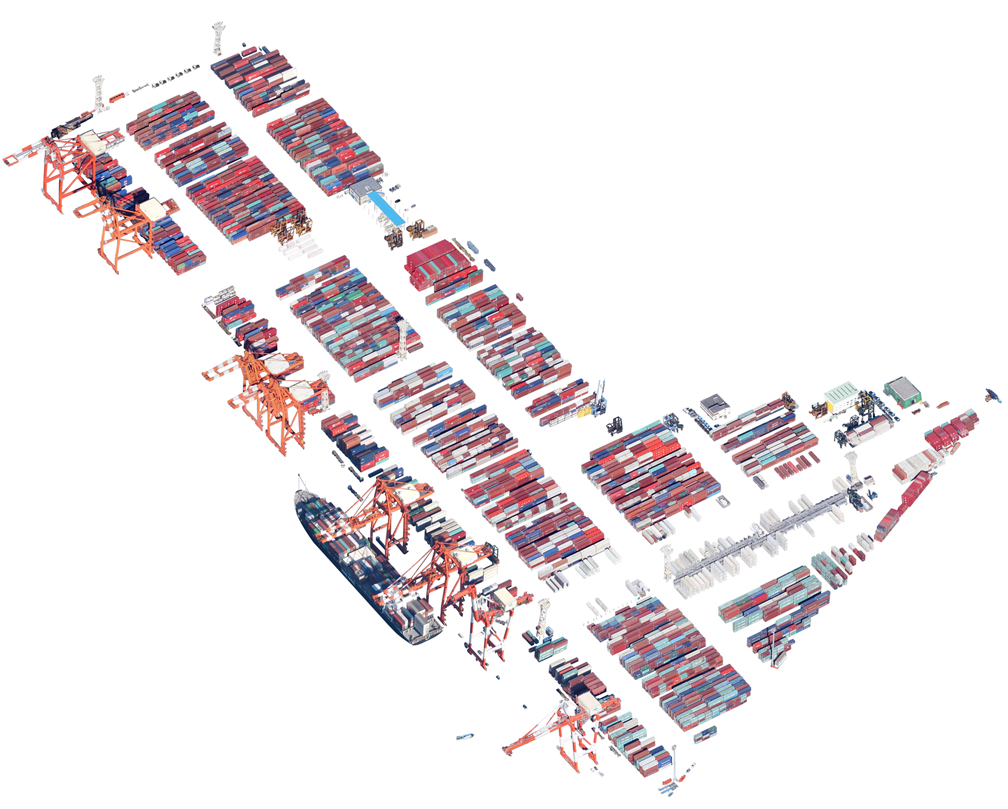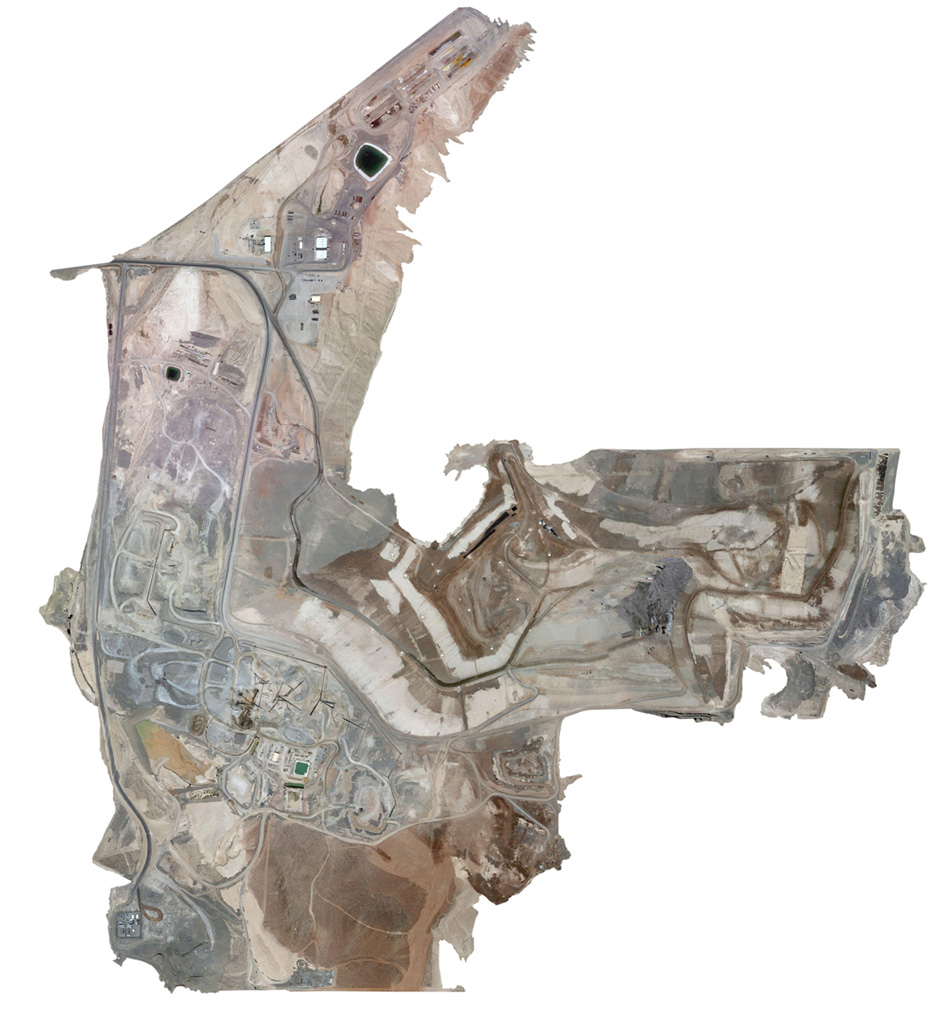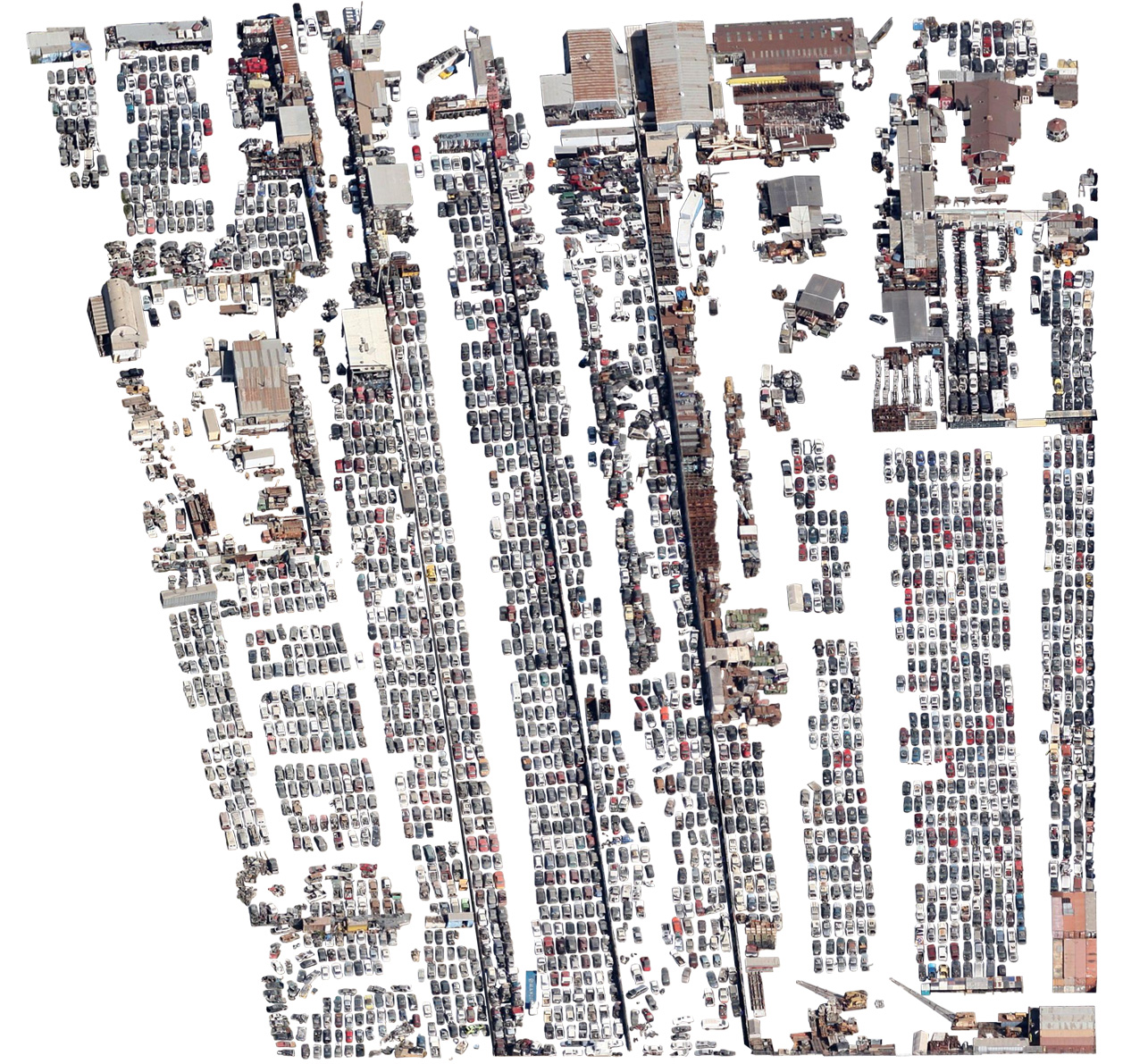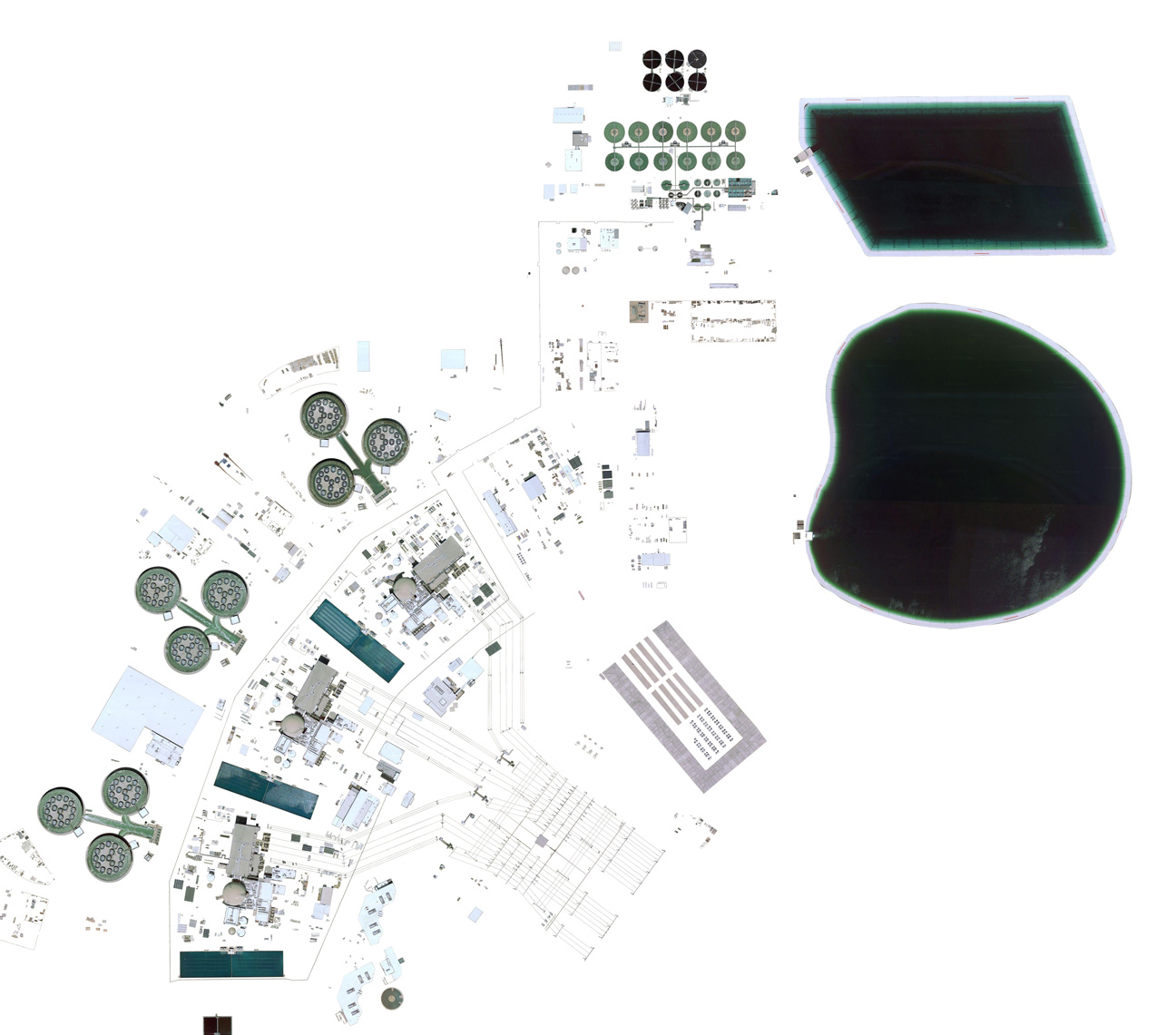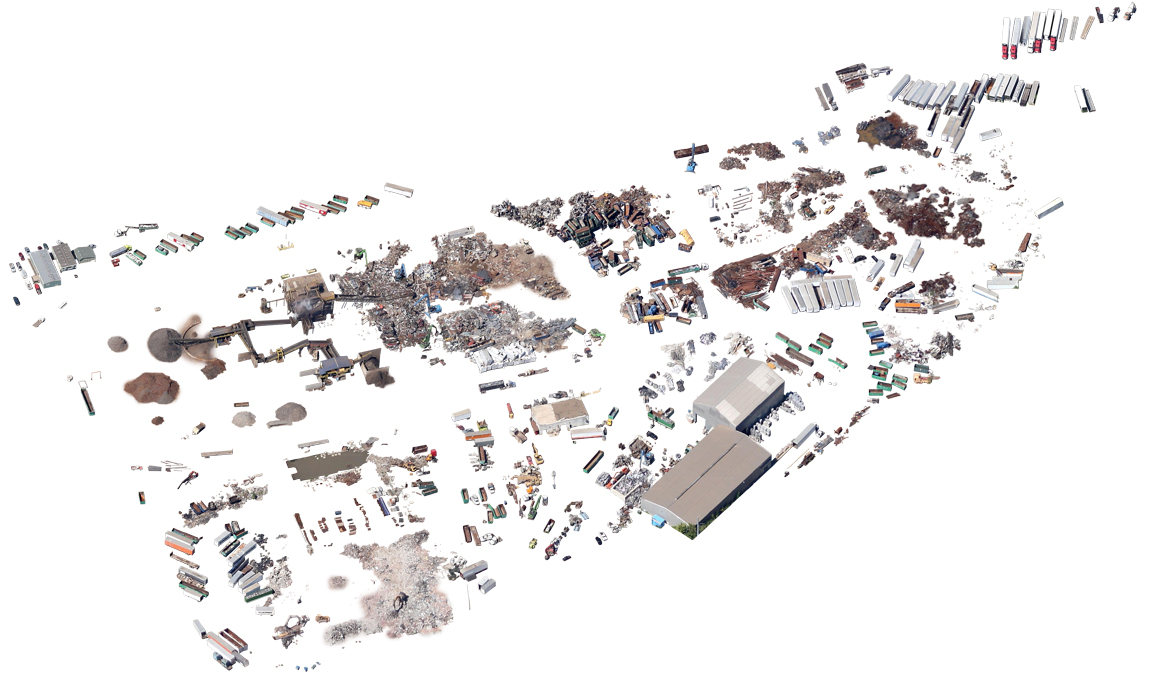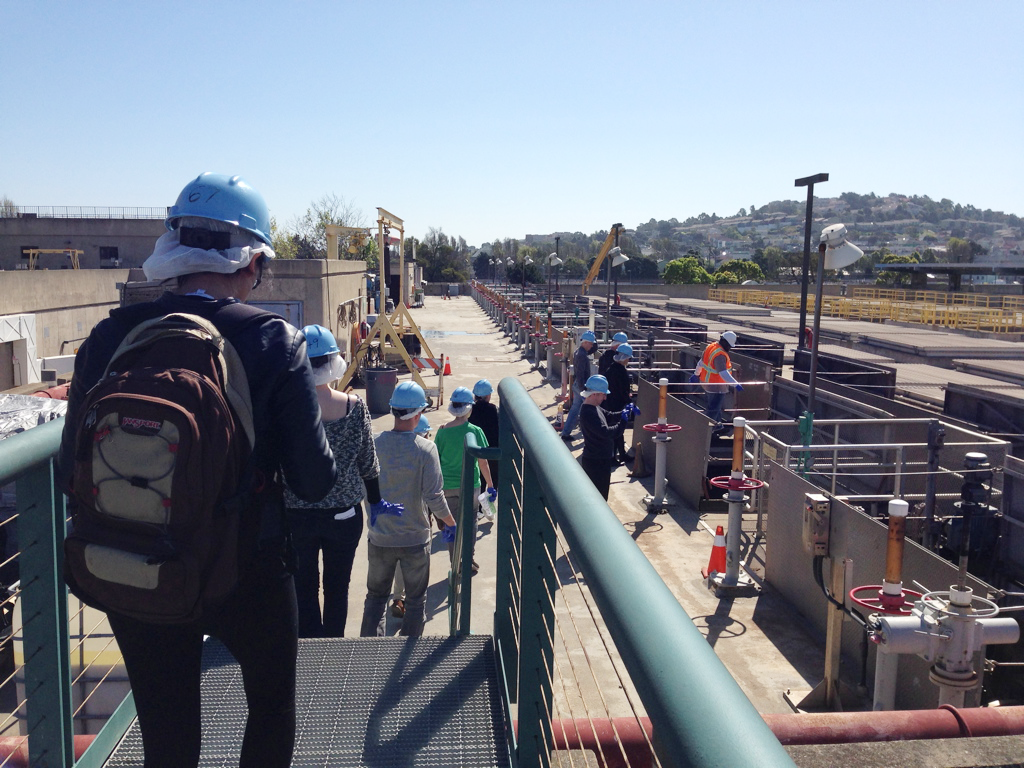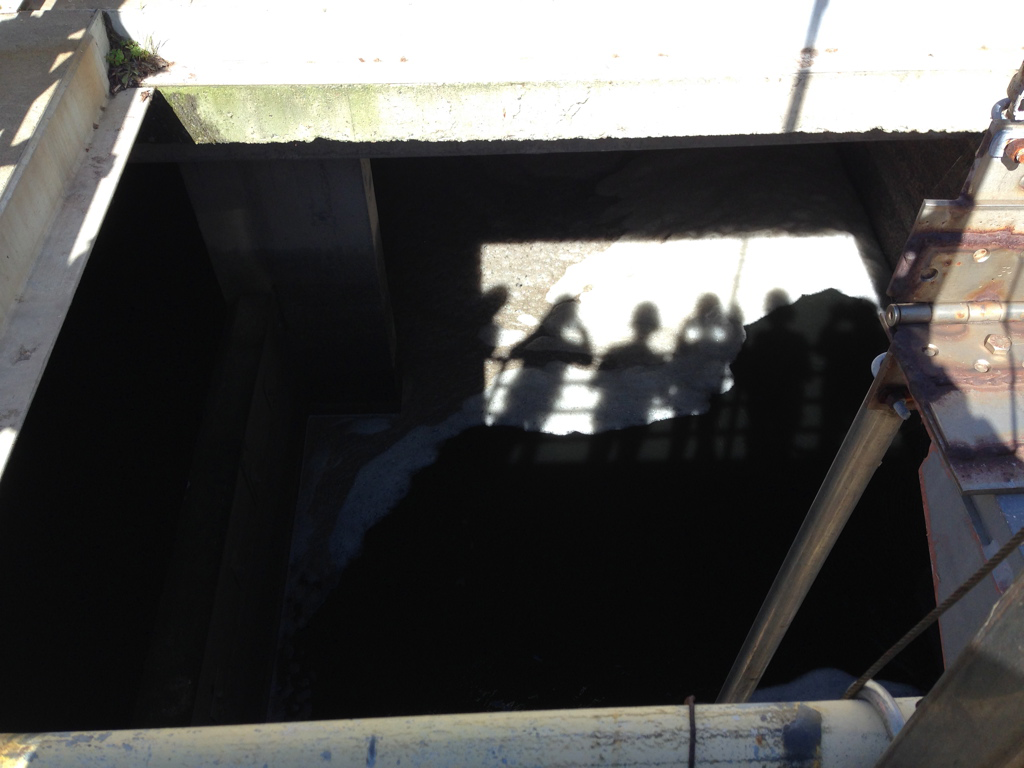Satellite Landscapes
2013–2014
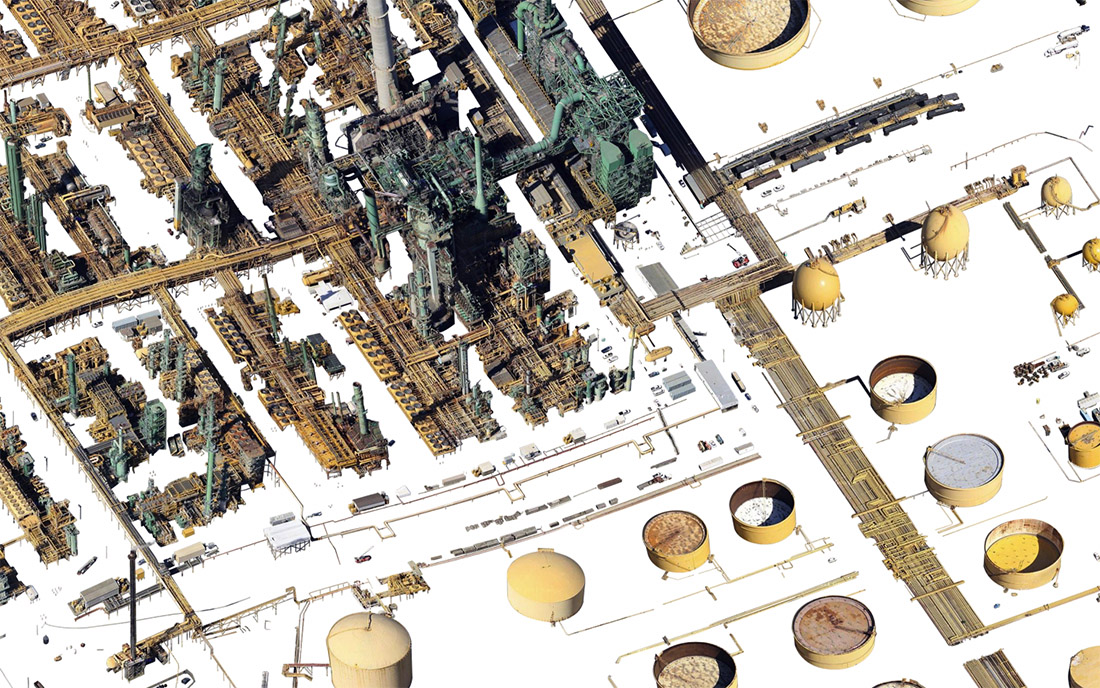
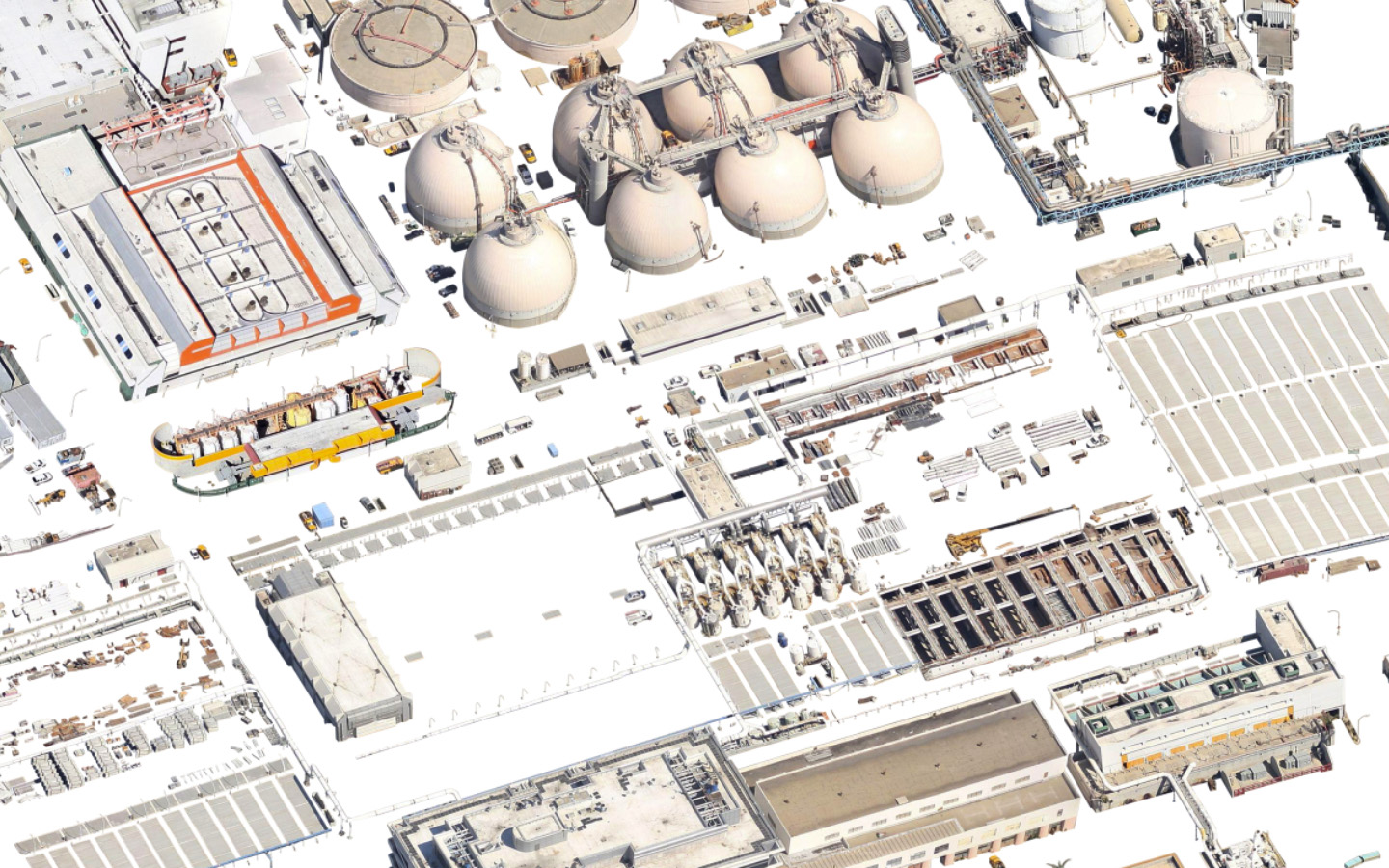
This series was created by photomerging many individual screen shots of infrastructural sites on Google Earth and then painstakingly removing the ground. Large prints grouping the structures into four categories -- power, manufacturing, waste, and transportation -- were exhibited in the spring of 2014 at Intersection for the Arts. Satellite Landscapes was also exhibited at Swissnex, La Gaîté Lyrique, and Haw Contemporary. This work was made possible by a grant from the San Francisco Arts Commission.
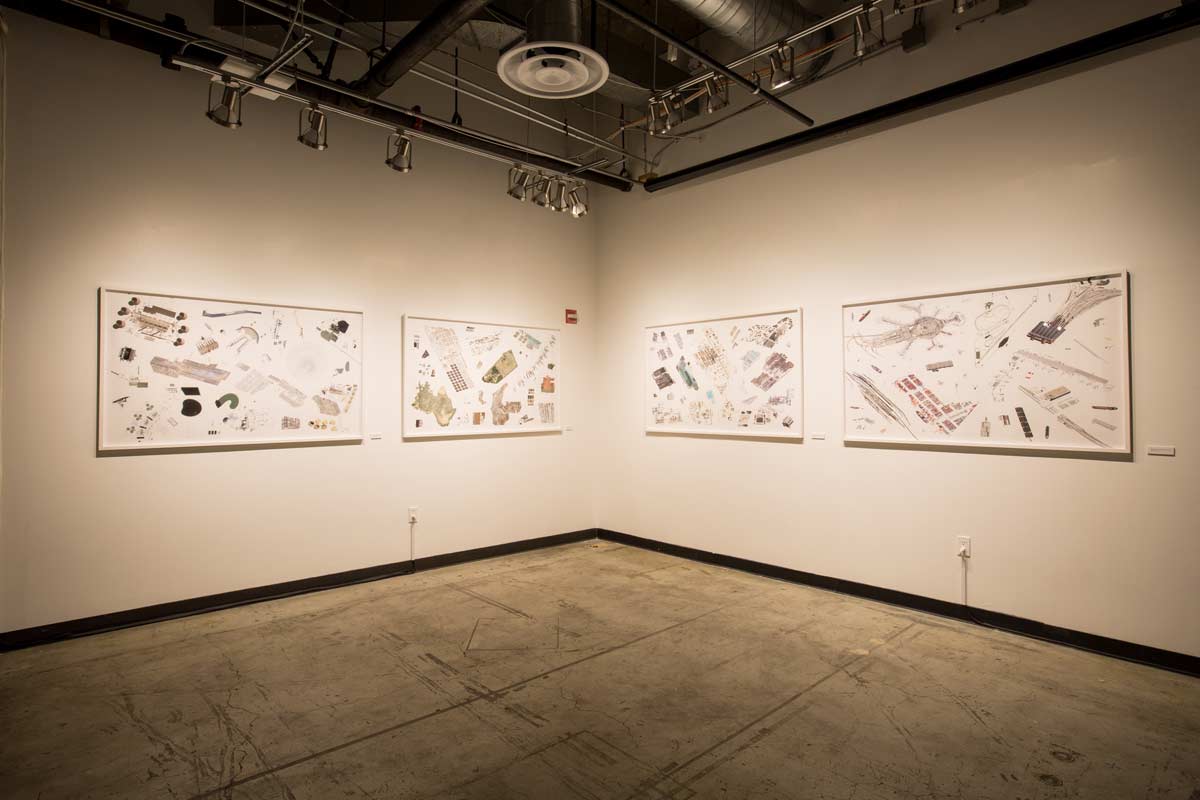
Satellite Landscapes
Much of the strangest architecture associated with humanity is infrastructural. There are vast arrays of rusting cylinders, oil rigs dotting wastelands like lonely insects, and jewel-toned, rhomboid ponds of chemical waste. There are gray and terraced landfills, 5-story tall wastewater digester eggs, and striped areas of the desert that look as though they rendered incorrectly until we realize that the lines are made of thousands of solar panels. Massive cooling towers of power plants slope away from dense, unidentifiable networks on the ground and are obscured in their own ominous fog. If there is something unsettling about these structures, it might be that they are deeply, fully human at the same time that they are unrecognizably technological. These mammoth devices unblinkingly process our waste, accept our trash, distribute our electricity. They are our prostheses. They keep us alive and able, for a minute, to forget the precariousness of our existence here and of our total biological dependence on a series of machines, wires, and tubes, humming loudly in some far off place.
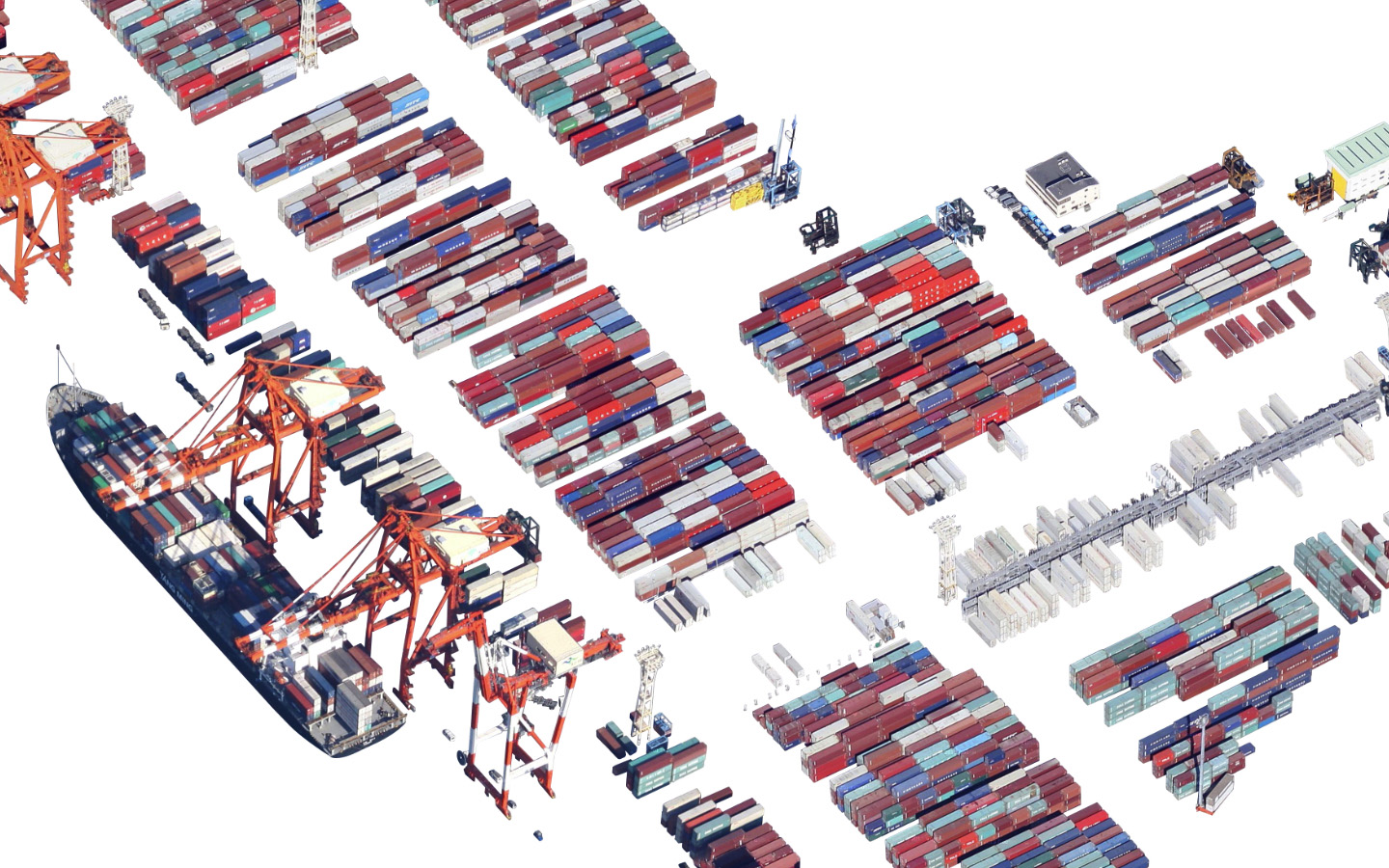
But at the same time that they sustain us – making possible one more day on this planet – they also tell the story of inevitability, spelled out in so many oddly shaped structures. In everyday life, distance matters: landfills are typically located behind hills, the pipes run underground, the coal plant is far away, the wastewater flows to a different city. Trash is transferred and transferred again. These hidden places comprise the specific physical site of what at all other times (save perhaps for the people working in these places) remains an abstract sense of finitude. But this physicality is stubborn; they can only be moved so far away. These are places where, in other words, the shit finally hits the fan.
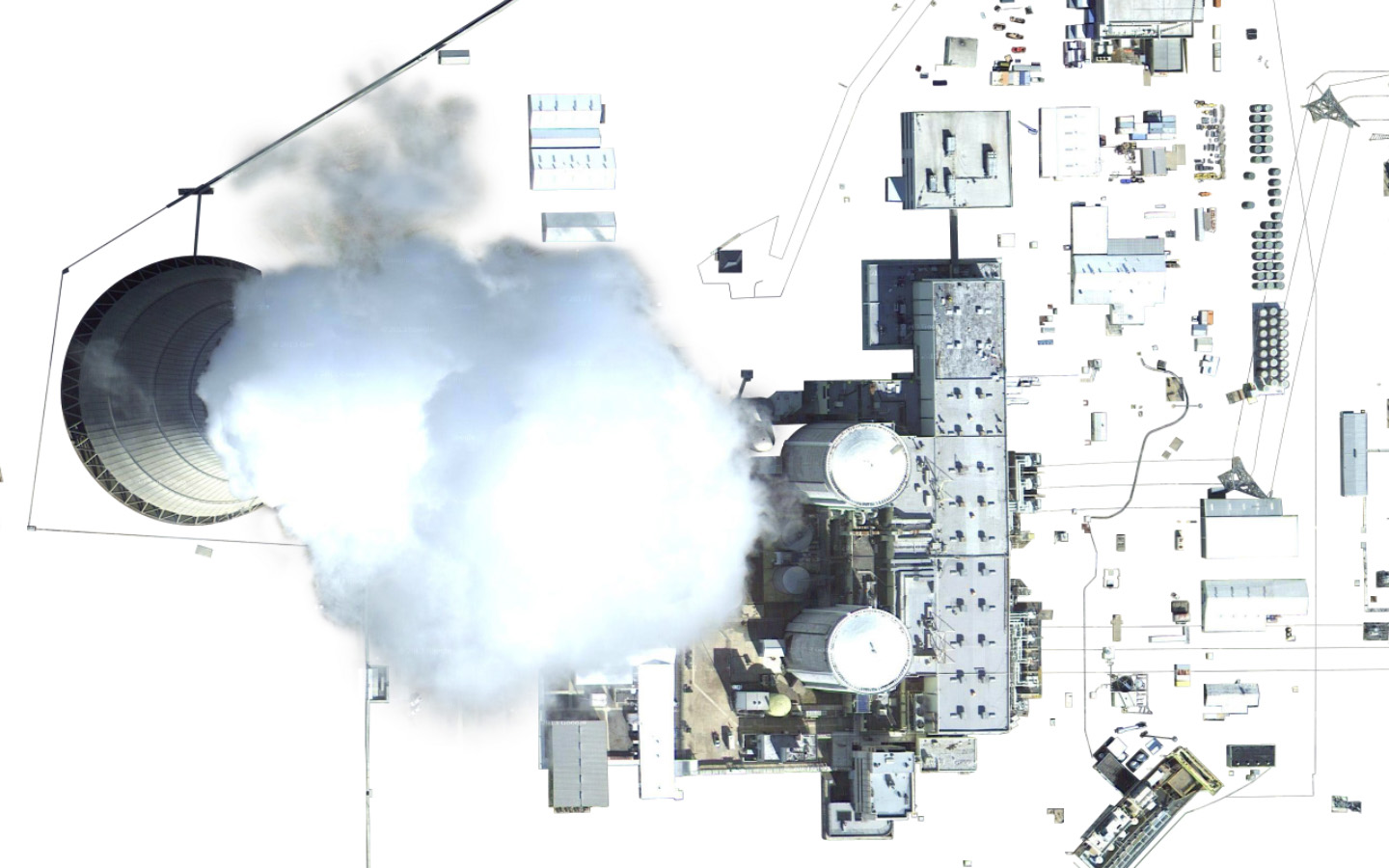
Even as testaments to the best in engineering, the structures take on a tragic air. They are already monuments; that is, they are monuments of a time (now) when the world careened toward total environmental irresponsibility, when more and more was borrowed against a disappearing future and we all knew it. Inside the plants, everything has been maximized and streamlined, but the plants themselves form the constellation of something whose logic is closer to that of a tired man who’s lost all his money in a windowless casino and now slumps forward to play some more. This is the tragic air: that they look already like dinosaurs, like relics of a failed time from the perspective of a time when we will know better – or when we are no longer here.
